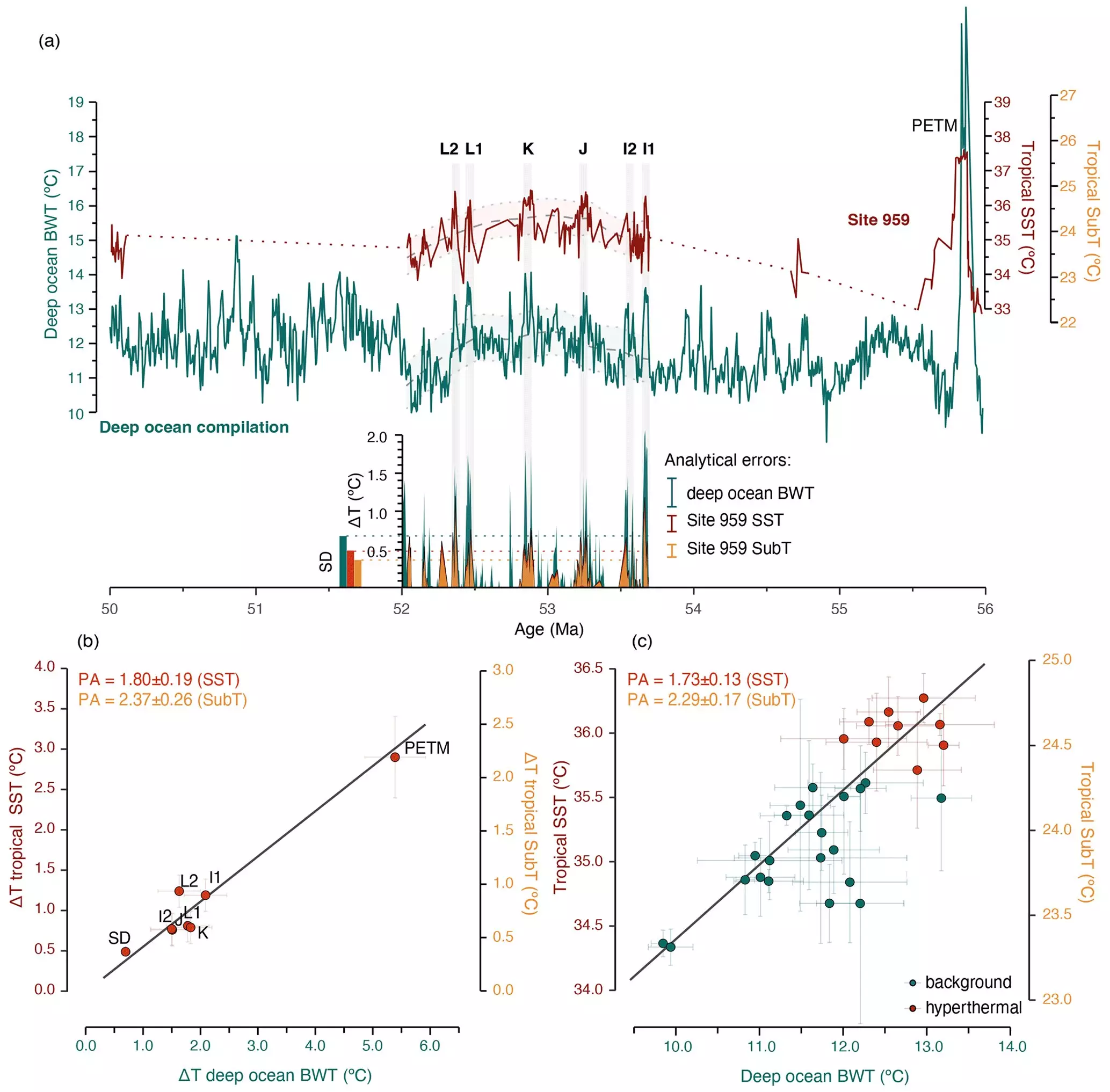The Polar regions are experiencing accelerated warming compared to lower latitudes, with reports of a significant increase in air temperatures over Arctic land masses in the 20th century, and even higher rates of warming since the 1980s. This phenomenon, known as “polar amplification,” refers to the enhanced warming at high latitudes compared to lower latitudes. The implications of this rapid warming extend beyond the polar regions, affecting global climate patterns and ecosystems.
Land and sea ice play a crucial role in modulating climate through ice-albedo feedbacks. Ice reflects incoming solar radiation, helping to maintain temperature and ice masses. However, as temperatures rise and ice melts, darker land and sea surfaces are exposed, absorbing more solar radiation and leading to further warming. This positive feedback loop can have dire consequences for polar regions and global climate stability.
While ice-albedo feedback is a well-known driver of polar amplification, uncertainties remain regarding the contributions of atmospheric processes to this phenomenon. Changes in atmospheric moisture and cloud cover can also impact radiation, complicating the understanding of polar amplification dynamics. The complex interplay between ice-albedo feedbacks and atmospheric processes presents challenges in predicting the magnitude of future polar warming and ice melt.
Studying past climate conditions, such as the ice-free period during the early Eocene, can provide valuable insights into polar amplification processes. By analyzing temperature reconstructions from this period, researchers can quantify the effects of global climate variability driven by variations in Earth’s orbit around the sun. Understanding historical climate dynamics can help refine predictions of future polar warming and ice melt.
Research examining orbital cycles and global temperature variability during hyperthermals in the early Eocene highlights the influence of orbital forcing on climate dynamics. Variations in high latitude ocean temperatures and carbon cycle dynamics suggest a strong link between orbital cycles, global temperature patterns, and atmospheric carbon content. These findings emphasize the importance of considering multiple drivers of climate change in predicting future scenarios.
Comparing Eocene polar amplification factors with climate model projections adapted for ice-free conditions reveals potential discrepancies in current models’ estimations of future polar warming. The underestimation of polar amplification in these models suggests a need for further research to accurately assess the impacts of warming in the Arctic and Antarctic. Understanding the progression of polar amplification is crucial for predicting the consequences of permafrost thaw, ice sheet melting, and their effects on sea level rise and the carbon cycle.
The ongoing trend of polar amplification poses significant challenges for global climate stability, with far-reaching implications for ecosystems and sea level rise. By delving into past climate records and refining climate models, researchers can improve their understanding of polar amplification dynamics and better prepare for the potential impacts of continued warming in the polar regions. Addressing the uncertainties surrounding polar amplification is essential for developing effective climate mitigation strategies and safeguarding the future of our planet.


Leave a Reply